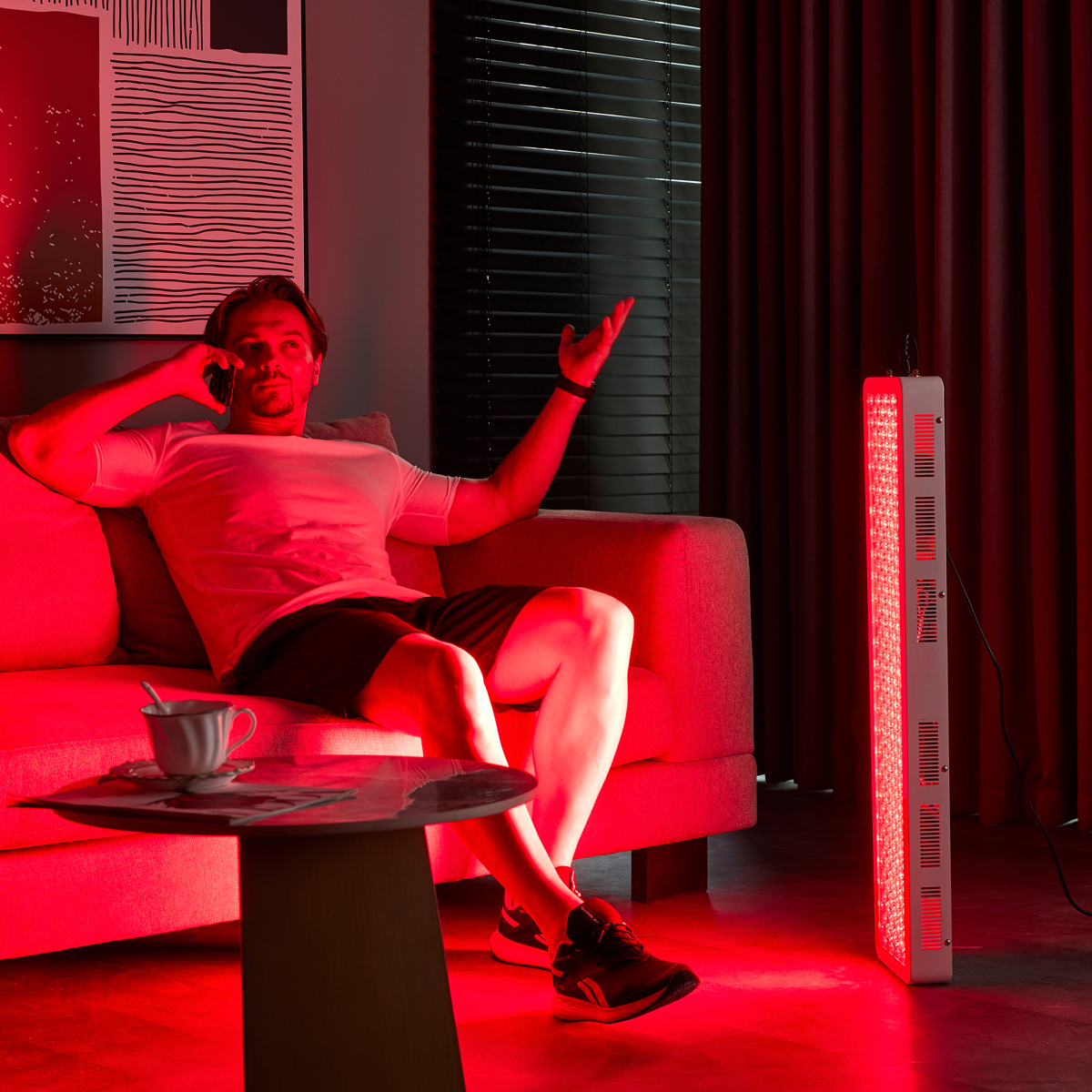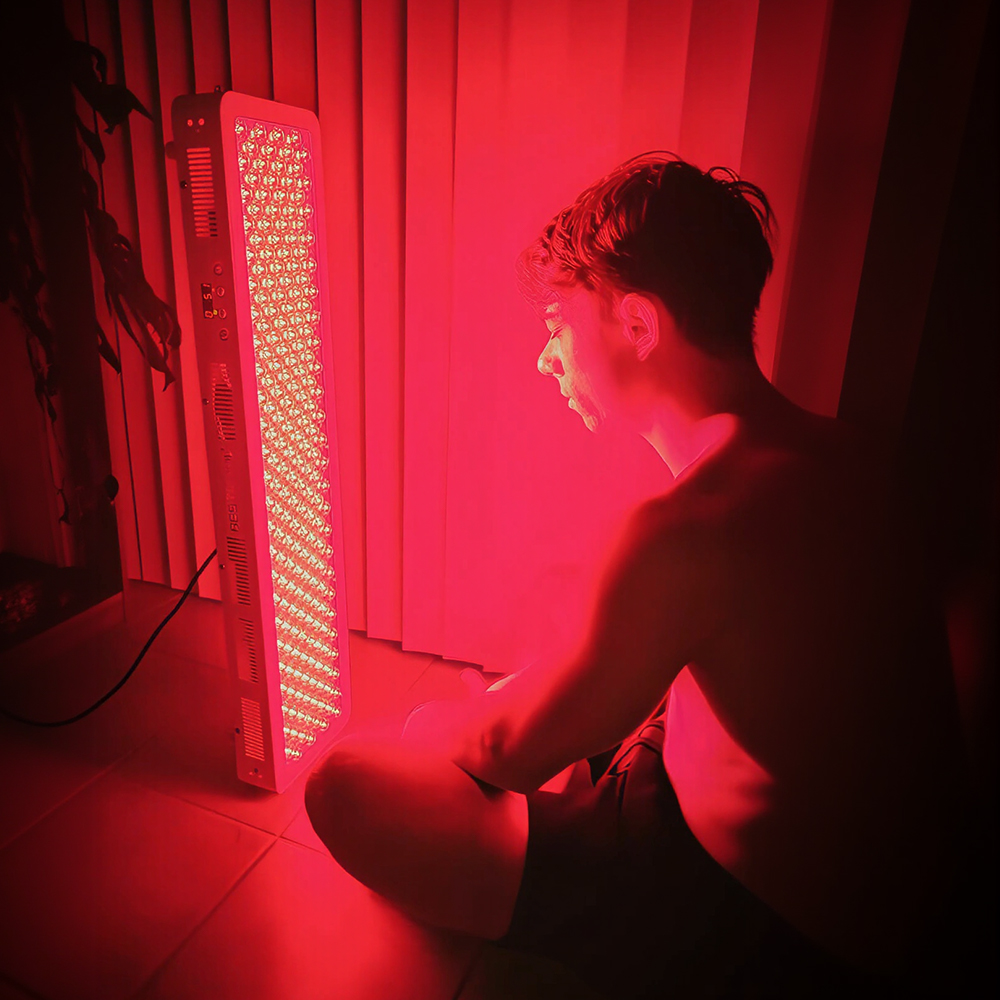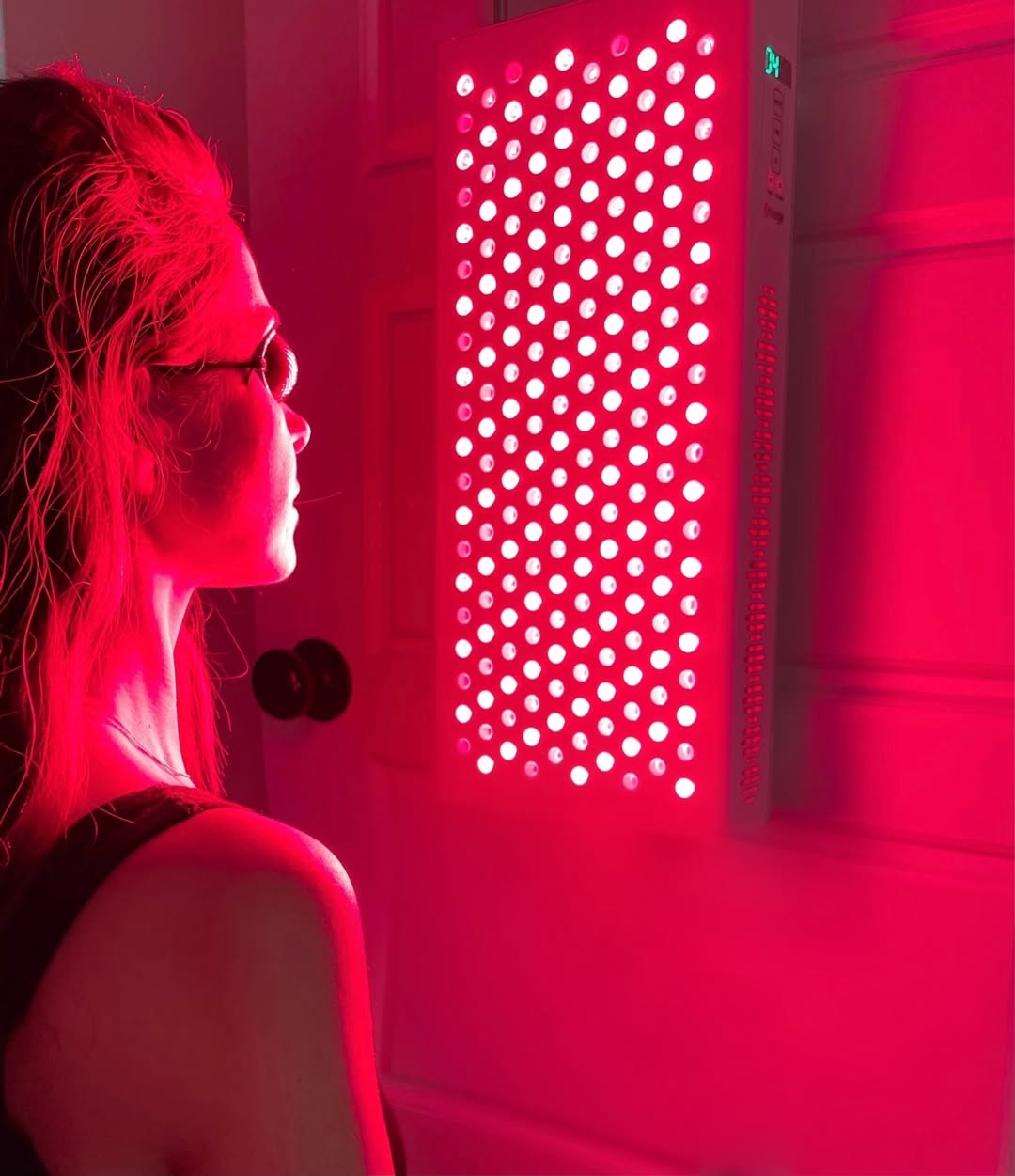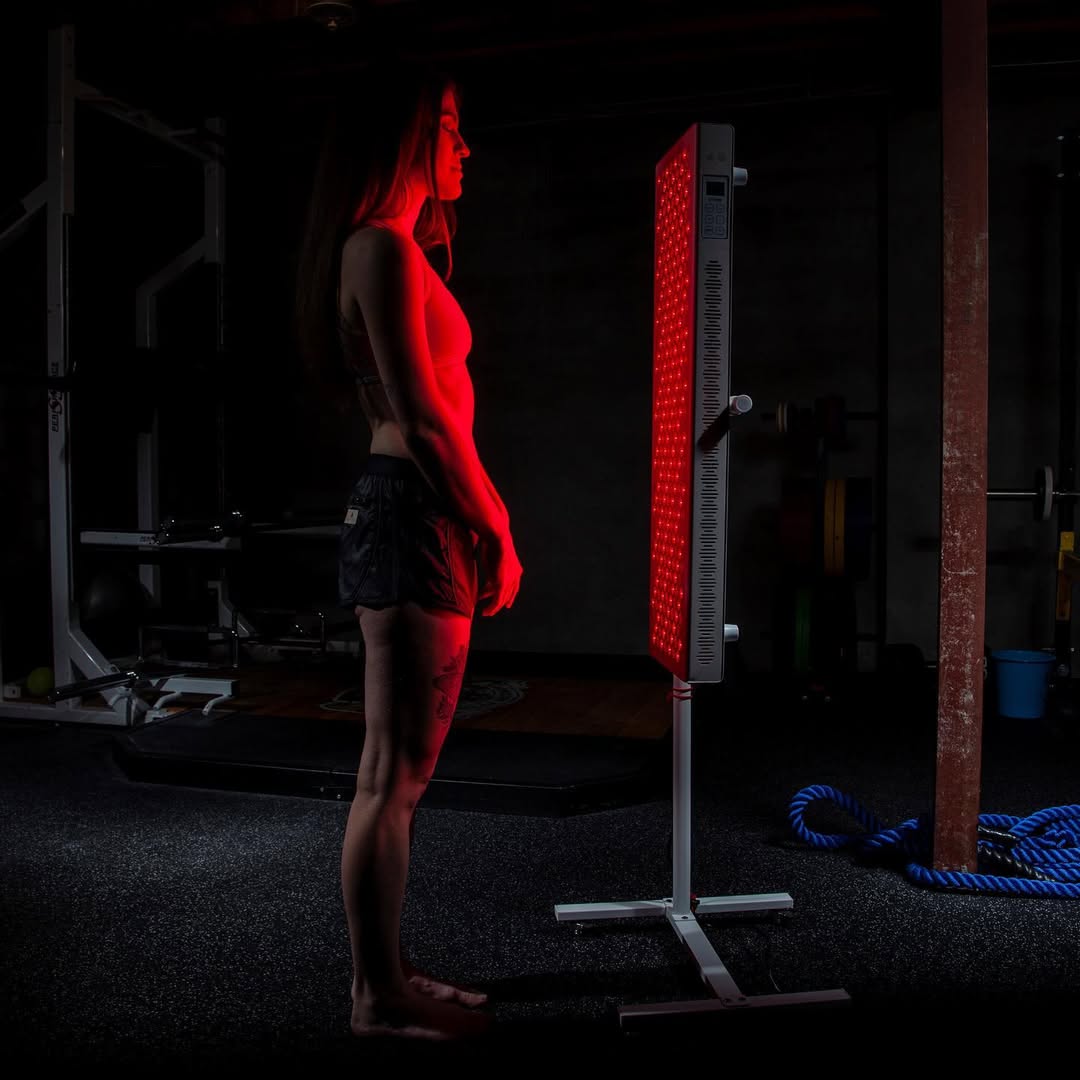![]() Free Shipping
Free Shipping ![]() Buy Now, Pay Later
Buy Now, Pay Later ![]() Eligible
Eligible
Recent Innovations and the Future of Red Light Therapy: A Brighter Path to Wellness

In recent years, red light therapy (RLT) has emerged as a groundbreaking wellness and medical treatment, captivating scientists, healthcare professionals, and biohackers alike. Also known as low-level laser therapy (LLLT) or photobiomodulation (PBM), this non-invasive treatment uses specific wavelengths of red and near-infrared light to stimulate cellular repair, reduce inflammation, and enhance overall health.
With advancements in technology and a growing body of research, red light therapy is evolving rapidly. From wearable devices to AI-powered treatment optimization, the future of RLT promises even greater benefits. In this article, we’ll explore the latest innovations in red light therapy and what the future holds for this revolutionary healing modality.
Part 1: The Science Behind Red Light Therapy
Before diving into the latest advancements, it’s essential to understand how red light therapy works.
How Does Red Light Therapy Work?
Red light therapy operates on the principle of photobiomodulation—the process by which light energy penetrates the skin and is absorbed by mitochondria (the powerhouses of cells). This absorption stimulates adenosine triphosphate (ATP) production, enhancing cellular energy and promoting:
- Faster wound healing
- Reduced inflammation
- Increased collagen production (for skin rejuvenation)
- Improved muscle recovery
- Enhanced brain function (neuroprotection)
The most effective wavelengths for RLT fall between 630-670 nm (red light) and 810-850 nm (near-infrared light), each penetrating tissues at different depths for varied therapeutic effects.
Part 2: Recent Breakthroughs in Red Light Therapy
1. Wearable Red Light Devices
One of the most exciting trends is the development of wearable RLT devices, allowing users to receive treatment on the go. Companies like Joovv, FlexBeam, and LLLT Lab have introduced:
- Portable LED wraps for joint and muscle pain
- Red light therapy masks for skincare (e.g., CurrentBody, Omnilux)
- Hair growth helmets to combat androgenetic alopecia
These innovations make RLT more accessible, enabling users to integrate therapy into their daily routines seamlessly.
2. Smart Red Light Therapy with AI & IoT
The integration of Artificial Intelligence (AI) and the Internet of Things (IoT) is revolutionizing RLT. Some cutting-edge developments include:
- AI-powered dosing systems that adjust light intensity based on skin type and treatment goals.
- Mobile apps that track progress and customize treatment plans (e.g., Joovv’s app).
- Smart mirrors with built-in RLT panels for personalized skincare routines.
These advancements ensure precision, efficiency, and data-driven results for users.
3. Hybrid Light Therapy Systems
Researchers are now combining red light therapy with other modalities for enhanced effects:
- Red light + blue light for acne treatment
- RLT + pulsed electromagnetic fields (PEMF) for deeper tissue repair
- RLT + cryotherapy for accelerated muscle recovery
These hybrid approaches maximize therapeutic benefits, making RLT even more versatile.
4. Red Light Therapy for Mental Health & Cognitive Enhancement
Emerging studies suggest that near-infrared light can penetrate the skull, potentially benefiting brain health by:
- Reducing symptoms of depression and anxiety
- Enhancing memory and focus (studies on Alzheimer’s and TBI recovery)
- Stimulating neurogenesis (growth of new brain cells)
Devices like the Vielight Neuro are pioneering this space, offering transcranial light therapy for cognitive optimization.
5. At-Home Full-Body Panels
While professional-grade RLT beds have been available in clinics, companies are now producing high-powered at-home full-body panels (e.g., Joovv, Rouge, PlatinumLED). These devices allow users to experience full-body photobiomodulation without expensive clinic visits.
Part 3: The Future of Red Light Therapy
1. Personalized Light Therapy via Genetic Testing
Future RLT may integrate genetic profiling to customize wavelengths and dosages based on an individual’s DNA, optimizing results for skin repair, muscle recovery, or chronic disease management.
2. Red Light Therapy in Space
NASA has long studied RLT for wound healing in astronauts. As space travel becomes more common, RLT could play a crucial role in counteracting muscle atrophy, bone density loss, and radiation exposure in zero-gravity environments.
3. Expansion into Mainstream Medicine
With more clinical validation, RLT could become a standard treatment in hospitals for:
- Diabetic wound healing
- Post-surgery recovery
- Chronic pain management
- Neurological rehabilitation
4. Sustainable & Affordable RLT Solutions
As demand grows, we’ll likely see:
- More cost-effective consumer devices
- Solar-powered RLT units for off-grid wellness
- Community-based light therapy centers
Conclusion: The Light-Powered Future of Health
Red light therapy has come a long way from its early experimental stages. With wearable tech, AI integration, brain health applications, and space medicine, the future of RLT is brighter than ever. As research continues to validate its benefits, we may soon see red light therapy become a cornerstone of preventive and regenerative medicine.
Whether you’re an athlete seeking faster recovery, a skincare enthusiast chasing youthful skin, or a biohacker optimizing longevity, red light therapy offers a safe, non-invasive, and scientifically backed path to better health.






